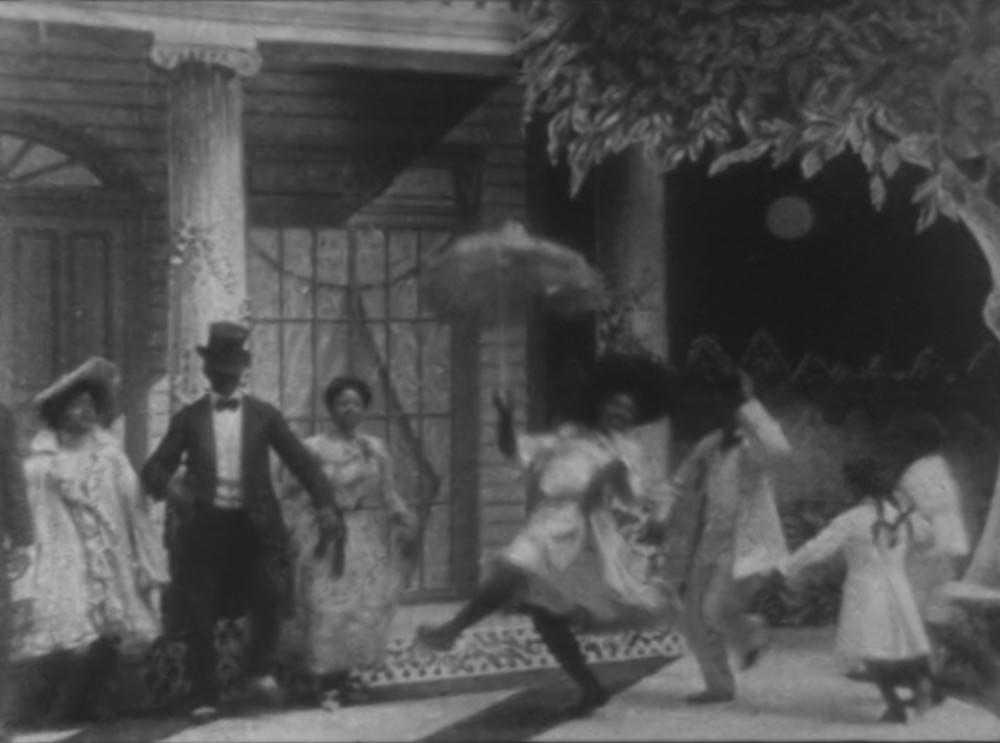
history of video subtitles
The History Of Video Subtitles
Subtitles are hugely influential in video production and are often disregarded. With the progressions of mobile technology in the modern period, almost all can create a video. Making movies, of course, does not mean to cover the glitz and charm of Hollywood for everybody, but for the last 20 years, Indie or Independent films are making noise that resulted in an outburst of video content uploaded to the internet. Movie and other video content have a promising future, but they also have an exciting past that has formed the way we interact through motion pictures.
Subtitling is a comparatively new form of writing as we cover the scope of human history. The purpose of a written language has always been to seize and communicate. And the way we choose to interact addresses who we are as a civilization. These translated subtitles represent a more globalized world, while same-language subtitles are a label of an increasingly available one. In an online world immersed with video content for a broad audience, subtitles can work a crucial role in content production.
A lot of effort runs into producing subtitles from placing and syncing to the dainty art of localization, aiming to create subtitles that are easy to read without being distracting to the content’s viewers. The styles, guidelines, and norms of this form of writing are still being followed today. As society advances, so must the subtitles. We tend to distribute data faster than the generations before us, and that advanced exchange is an incentive for language improvement.
People are continually coming up with new approaches to communicate with one another and connect. For that inference, professional subtitlers have to linger at the biting point of their language to heighten the audiences’ enjoyment.
The First Subtitles From Uncle Tom’s Cabin Film
The first films were rolled in the late 1800s in France. These movies were silent, entirely devoid of music or speeches. There were no words to be seen, but only moving, black and white illustrations. But as improvements in motion pictures proceeded, Uncle Tom’s Cabin came along in 1903 by Edwin Porter. Based on Harriet Beecher Stowe’s novel, the film was innovative in various functions. To be more particular, its use of intertitles covered the idea for what would become subtitles in the coming years.
The ‘intertitles,’ most popularly known as ‘title cards,’ were used to represent speech or combined narrative in a movie. These title cards are ‘boxes’ of text embedded within footages, and they were fundamental features of the storytelling process. They could be considered as comparable to voiceovers nowadays that can be easily translated and are useful for foreign audiences.
Taped and live music eventually supplemented the pictures, joining other layers of character and experience for filmmakers and their viewers. But for a consistent period, intertitles were among the most revolutionary and innovative moving picture technologies.

From Intertitles To Subtitles
When the United States swiftly advances to dominate the film industry, American films’ need for intertitles grew in other industrialized countries.
In the 1920s, talkies or films that enabled sound achieved popularity and generally increased the demand for subtitles and also for dubbing. Dubbing is a recording of foreign language dialogue that replaces the film’s used conversation language. While dubbing appends an audio detail for foreign-language speakers, it is much confusing to hear the dialogue that doesn’t synch the motions of the actors’ mouths.
Subtitles are more accurate than intertitles that evade the viewing confusion arises from dubbing. When colored television became prevalent in the 1930s, subtitles were displayed on the screen simultaneously as the moving picture was finally secured. Filmmakers in the past used to imprint subtitles straight onto film strips. They were definitely difficult to read, but it was still a step approaching reform that would drive to digitized, computerized subtitles.
For years of experimentation, several technologies had to be generated for subtitles to be as marketable as possible. The necessity for new technologies in subtitling has only intensified as the television represented a more vital role in people’s lives way back in the 1960s until the present time. Like traditional media, it became increasingly globalized.
The Internet Era
Many new processes have made it possible to download the whole subtitle systems on a computer. Subtitling supports English-language movies to be appreciated in many countries worldwide, and for English-speaking countries to enjoy movies produced in other languages.
Though dubbing remains being used, embedding subtitles to videos has become simpler than ever. After a blast of independently created films in the past decades, platforms like YouTube enable users to add subtitles to their video content utilizing auto-captions. But the advancement of technology, bringing the internet to the open, has implemented more options to subtitle video content with ease. Aside from YouTube’s auto-captioning feature, this era is also presenting advanced auto video subtitles generators that assure accuracy. The what and how to automatically subtitle is manageable and straightforward even to those non-techie folks.
These automatic video subtitle generator works to add subtitles in the same language, and it has yet to include any machine translation software to contribute subtitles in another language.

An Innovative Subtitling Approach To The Future
Often, audiences have opposing needs, and innovators have been managing on reaching those various requirements. For instance, open subtitles show straight on the screen that can be confusing for some movie-goers. To modify these needs, specialized titling systems such as the Marconi multimedia secured the interactive electronic libretto to set the option in the viewer’s hands. Advocates of some cinemas are given personal subtitle display screens to clip to their cupholders or used like 3D glasses. Others have mirrored subtitles on the back wall, and specific audience members are granted a mirror to place in front of themselves so they can see the subtitles.
The future is generally bright following the progressing history of subtitles. Offline subtitling for broadcast has been excellent for many years. Ofcom sets broadcast captioning to assure quality and video on demand and come to services set to develop as well. There is a rift in the terms of subtitles for video content after the inflation of online video-on-demand services. With new laws now being added for the UK subtitling for VoD, this is expected to change.
Google Glass initiated efforts to design a form of ‘real-life’ subtitling a few years ago. But this was unsuccessful, and perhaps we could improve future technology for particular contexts. Maybe real-life subtitling for theatre generations, conventions, or any live events.
The technology utilized for automated subtitles should be established to update with developments in artificial intelligence. Though, in truth, we’re still a long way to discover and design a seamless tool for subtitling. In the present time, subtitling utilizes voice recognition software and the application of automated translations.
Importance Of Subtitles In Businesses
Subtitles and closed captions are commonly used worldwide. Subtitles from its original versions are now translated into various languages so foreign audiences will enjoy those masterpieces. These subtitles were produced from the necessity of people to communicate further and deliver the art of cinema to other countries. It eventually expanded to television and has developed into incredible technology that enables us to utilize content despite its created language initially.
As of the present period, it’s infrequent to see content that is not subtitled into several languages. It is because any content that isn’t subtitled will be restricted to its local audience only. And most content creators will surely not settle for that.
To expand the reach of your content significantly, and expand its availability, ensure to localize your video content for various markets for extensive coverage.
Add and translate your subtitles to more than 100 languages with high accuracy












